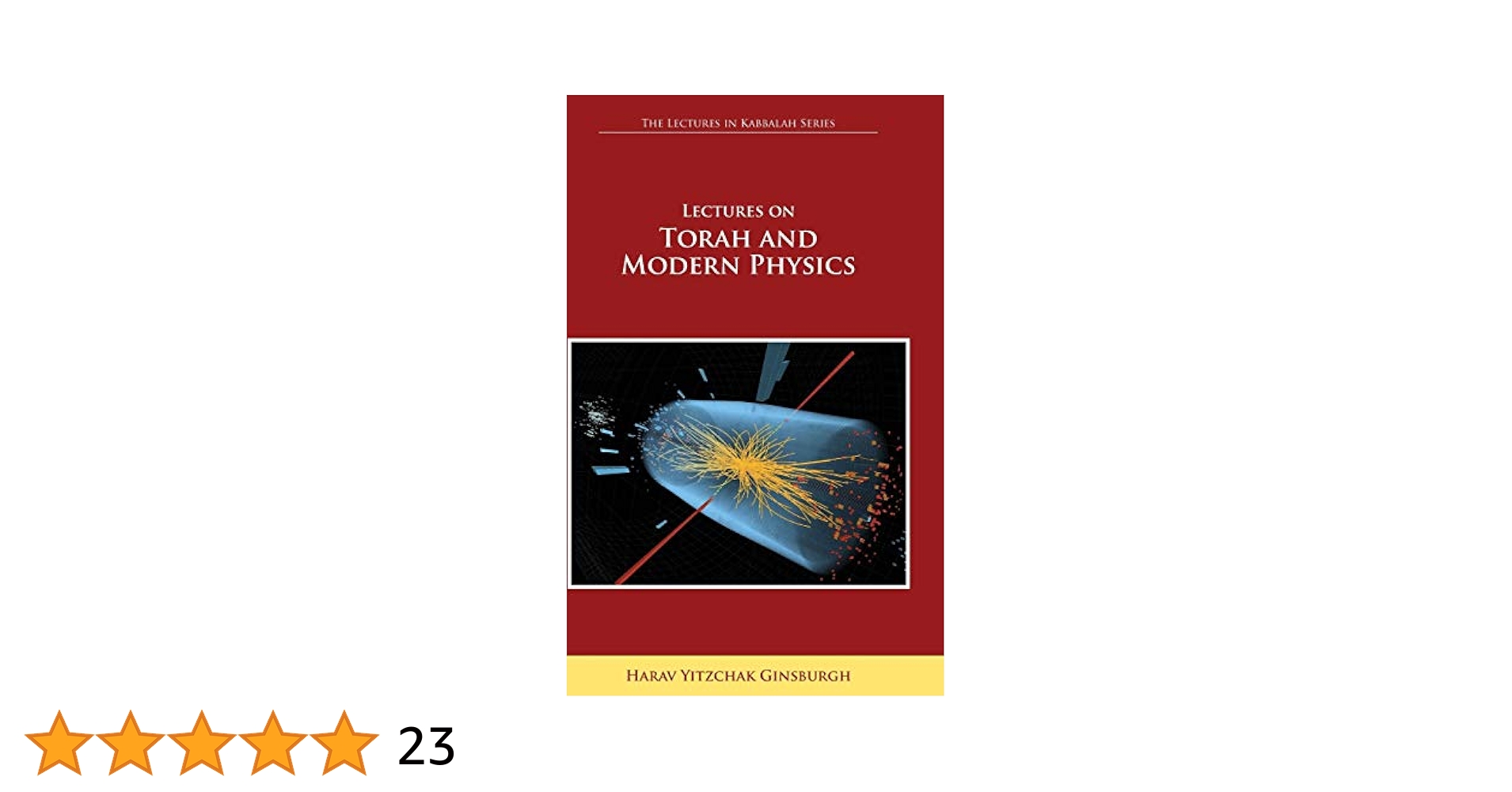
# The True Scientific Heritage of Galileo Galilei’s *Discorsi e Dimostrazioni Matematiche*
When reflecting on the scientific impact of Galileo Galilei (1564–1642), many people immediately recall *Dialogo sopra i due massimi sistemi del mondo* (1632) and the ensuing conflict with the Catholic Church, or *Sidereus Nuncius* (1610), which heralded the beginning of telescopic astronomy. Nevertheless, these texts, despite their historical importance, do not necessarily represent his most significant scientific contributions. *Dialogo* leans more toward polemic discourse rather than a comprehensive scientific examination. Similarly, although *Sidereus Nuncius* is innovative, many of Galileo’s telescopic findings were also discovered around the same time by other astronomers, indicating his contributions did not singularly alter the trajectory of astronomy.
Instead, Galileo’s authentic legacy in the realm of science should be credited to his *Discorsi e Dimostrazioni Matematiche, intorno a due nuove scienze* (*Discourses and Mathematical Demonstrations Relating to Two New Sciences*), released in 1638—the same year that saw Galileo lose his sight entirely. This piece, commonly known simply as the *Discorsi*, signifies Galileo’s most significant impact on physics and mechanics, establishing the foundational principles that would later be expanded upon by Isaac Newton in classical mechanics.
## A Masterpiece Delayed
Even though *Discorsi* was published in 1638, its origins can be traced back to Galileo’s position as a mathematics professor at the University of Padua between 1592 and 1610. He originally intended to compose the book in 1609, but his path shifted dramatically after he acquired his first telescope later that same year. His subsequent astronomical findings catapulted him into prominence, eventually leading to his appointment at the Medici court in Florence. In addition to his academic pursuits, Galileo became involved in championing the Copernican heliocentric theory, which eventually brought him into conflict with the Catholic Church.
Following the 1633 trial, where he was convicted of “vehement suspicion of heresy” and placed under house arrest, Galileo finally found time to write the book he had envisioned nearly thirty years earlier. Ironically, the Inquisition’s limitations confined him to an intellectual isolation that enabled the completion of his most vital work.
## Challenges in Publication
Due to the Pope’s personal disapproval, the Church had prohibited all of Galileo’s writings. Consequently, the publication of *Discorsi* proved challenging. Attempts to print in Venice, Vienna, and Prague were thwarted by concerns regarding the Church’s opposition. Ultimately, the book found a publisher in the Protestant Dutch Republic—Louis Elzevier of Leiden, who had earlier published a Latin version of *Dialogo* and Galileo’s *Letter to Grand Duchess Christina*. However, Galileo was dissatisfied with the publisher’s selected title, as he had originally planned to name it *Dialogues on Motion*.
Galileo took significant measures to create the impression that he was not directly involved in the book’s publication, even concocting a narrative in the dedication to Count François de Noailles, the French ambassador to Rome. In this dedication, he asserted that Noailles had orchestrated the volume’s publication without his awareness. Despite breaches of his house arrest, the Inquisition chose not to take any action against him regarding the release of *Discorsi*.
## The Framework of the *Discorsi*
Similar to *Dialogo*, *Discorsi* is formatted as a sequence of dialogues spread over four days. The exchanges—conducted among Salviati, Sagredo, and Simplicio, the same trio from *Dialogo*—delve into essential topics within physics.
The first two days focus on statics and the resilience of materials, while the latter two explore motion, including Galileo’s renowned contributions to kinematics and the principle of inertia. These dialogues not only encapsulate his prior work but also introduce revolutionary concepts in mechanics and material science. The text is composed in both Italian (for the initial two days) and Latin (for the final two), catering to its diverse audience of technical practitioners and scholarly experts.
### **Day One: Material Strength**
The opening day of conversations occurs at the Venice Arsenal, a place where Galileo had previously served as a consultant. Although frequently recognized as the “first experimental scientist,” Galileo predominantly concentrated on *experience* rather than what modern terminology would define as controlled experimentation.
Key themes include:
– **Laws of Scaling**: Galileo underscores the difficulties of enlarging an object while preserving its structural stability. For example, he observes that a horse that falls from a height of 3–4 cubits will suffer broken bones, whereas a cat falling from twice that height will remain unharmed. This represents an early acknowledgment of the **square-cube law**, which posits that volume increases at a faster rate than surface area.
– **Material Strength**: